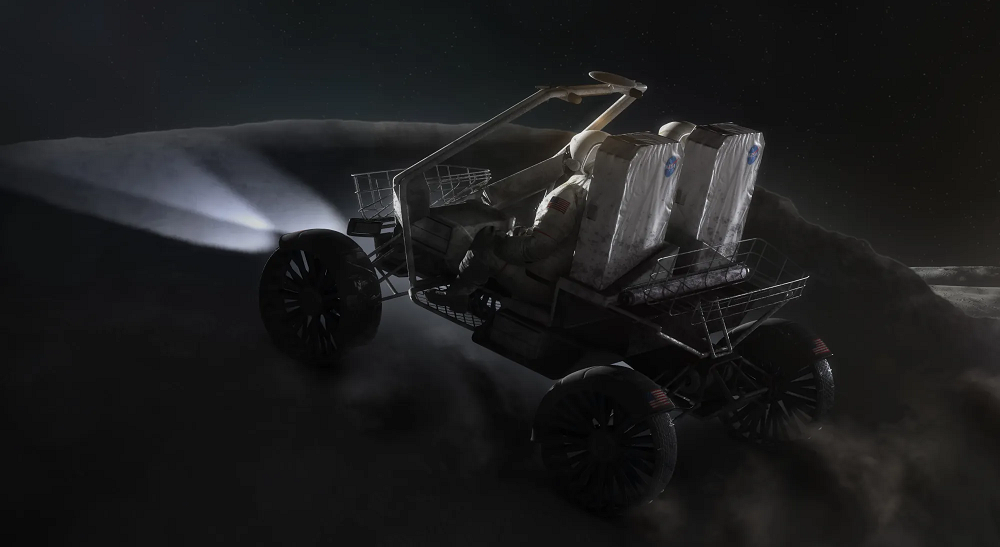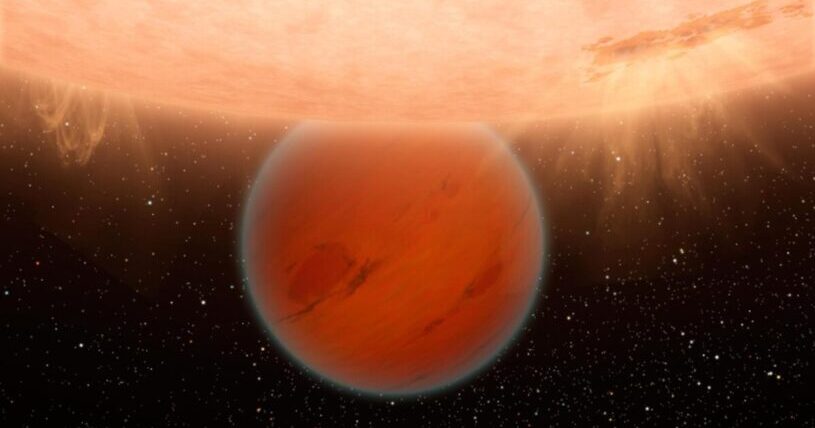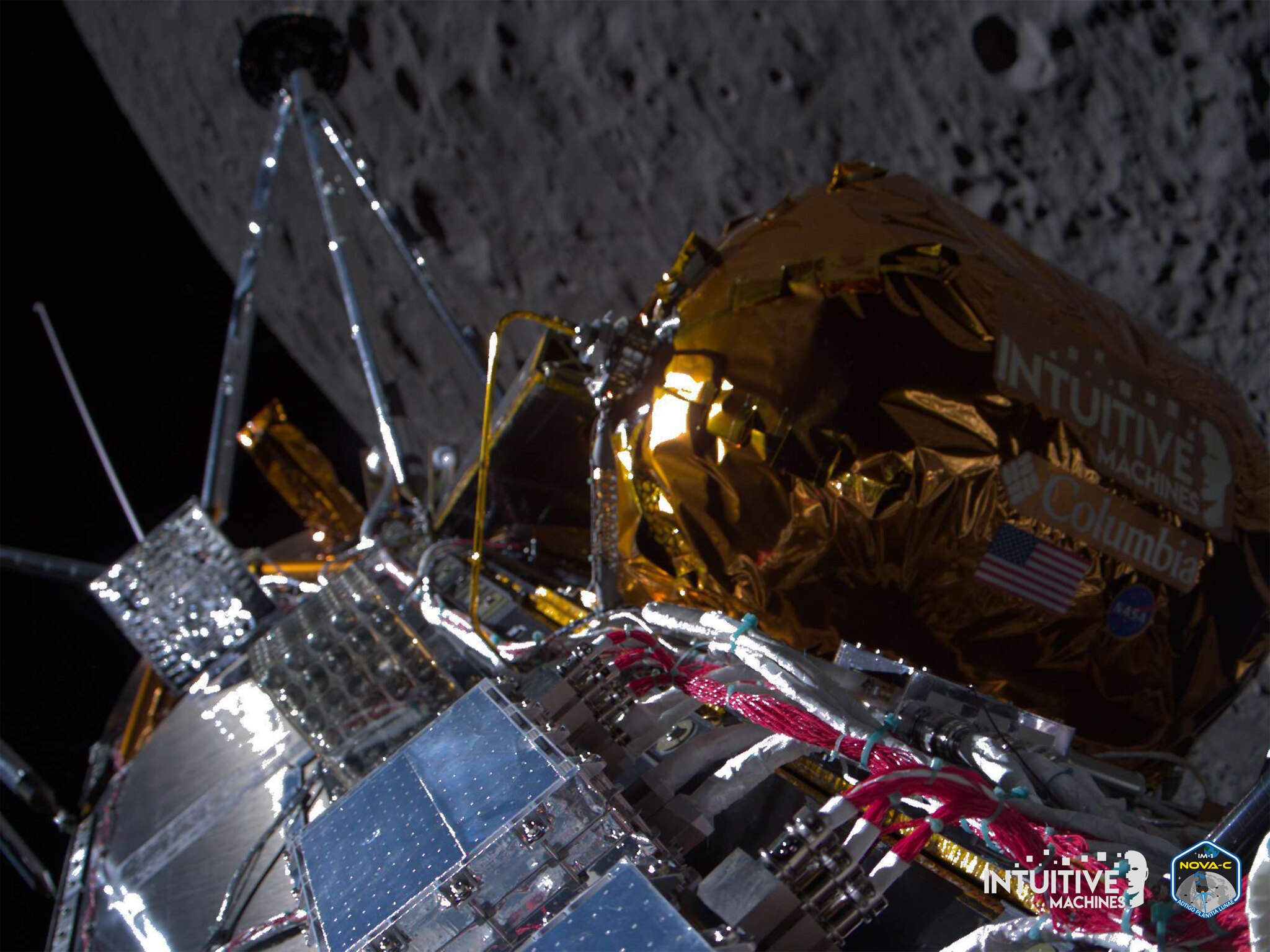Long-Awaited Space Tourist Season to Launch for Virgin Galactic in Late June, 2023
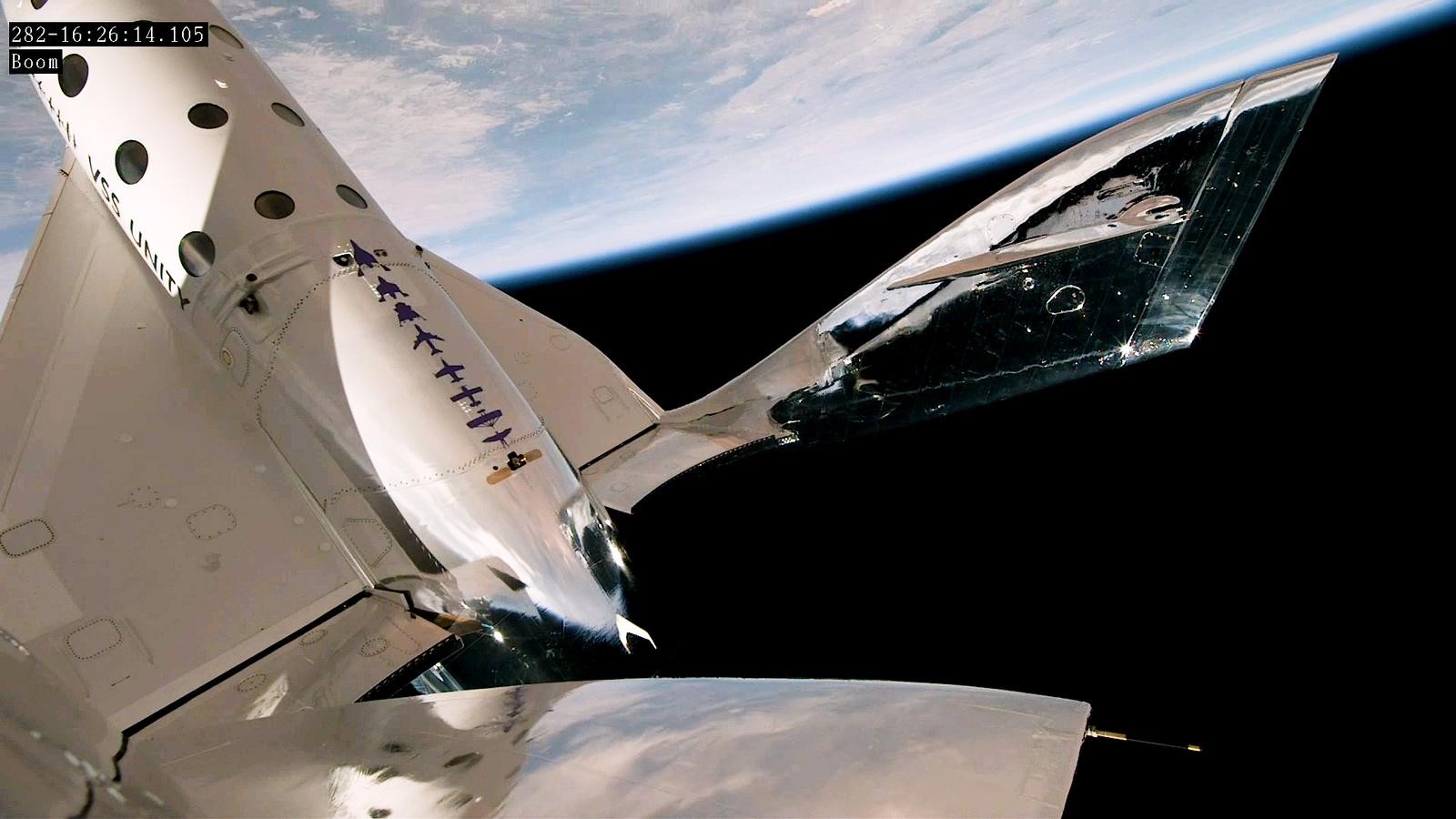 Virgin Galactic’s Unity 25 sailed as high as 54 miles in its May 25, 2023 flight. The company said it will begin commercial flights by late June.
Credit: Virgin Galactic
Virgin Galactic’s Unity 25 sailed as high as 54 miles in its May 25, 2023 flight. The company said it will begin commercial flights by late June.
Credit: Virgin Galactic  Virgin Galactic announced it will operate regular tourist flights to the edge of space after a successful launch and landing of its Unity craft hit an altitude of 54 miles during an 80-minute flight on May 25. The firm, founded by Richard Branson, stated tourist flights will begin with flight Galactic 01, planned for a late June launch.
Virgin Galactic announced it will operate regular tourist flights to the edge of space after a successful launch and landing of its Unity craft hit an altitude of 54 miles during an 80-minute flight on May 25. The firm, founded by Richard Branson, stated tourist flights will begin with flight Galactic 01, planned for a late June launch.
During the May 25 effort, the carrier plane “Eve” released the spacecraft “Unity” at 44,500 feet after takeoff from New Mexico’s Spaceport America. Unity fired its rocket engine and reached a top speed of Mach 2.94 during the flight. The 54-mile altitude was just shy of the 62-mile boundary of the Karman line, a traditional definition for spaceflight. Virgin Galactic CEO Michael Colglazier stated the flight left him with “complete confidence in the unique astronaut experience we have built for our customers.”
The company said after post-flight inspections, it would prepare for “commercial spaceline operations.” The company announced its maiden commercial voyage will be a “dedicated research mission.” The price of a flight was not included in a news release.
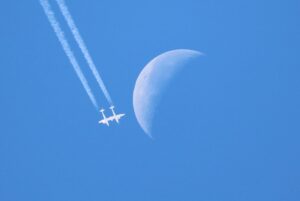
The “Eve” mothership launched Virgin Galactic’s rocket-powered space plane at an altitude of 44,500 feet over New Mexico on May 25. Credit: Virgin Galactic
The Virgin Galactic flight came four days after Axiom Space launched its Ax-2 private space mission, carrying four astronauts to the International Space Station. That was the second of four planned Axiom private missions to the ISS, with crew aboard a SpaceX Dragon capsule launched from a Falcon 9 rocket.
The Virgin Galactic flights entail a horizontal launch of a rocket-powered delta-winged spacecraft aboard a carrier aircraft. Both the mothership and the rocket-powered ascent vehicle were designed by legendary aircraft engineer Burt Rutan.
Virgin Galactic, founded in 2004, shed its satellite launch division, Virgin Orbit, in 2017. Before it ceased operations in April amid bankruptcy proceedings, Virgin Orbit offered a rocket launched from a high-flying Boeing 747 to place satellites in low-Earth orbit. The 747 and other assets of the firm were sold at auction in May.
While Virgin Galactic celebrated its successful May 25 launch, the firm’s share price fell by nearly 8% on the New York Stock Exchange before a late afternoon rally. The stock began the day at $4.71 per share before trading as low as $4.04. In a quarterly report to stockholders issued May 9, Virgin Galactic recorded loses of $159 million, compared to a $93 million loss in the same quarter of 2022.
— By Tom Roeder, troeder@spacefoundation.org

